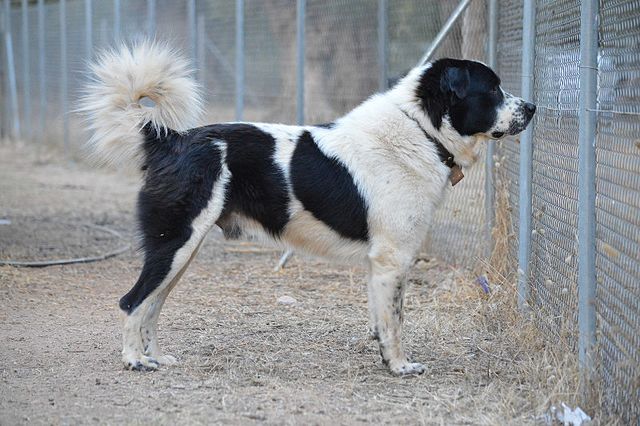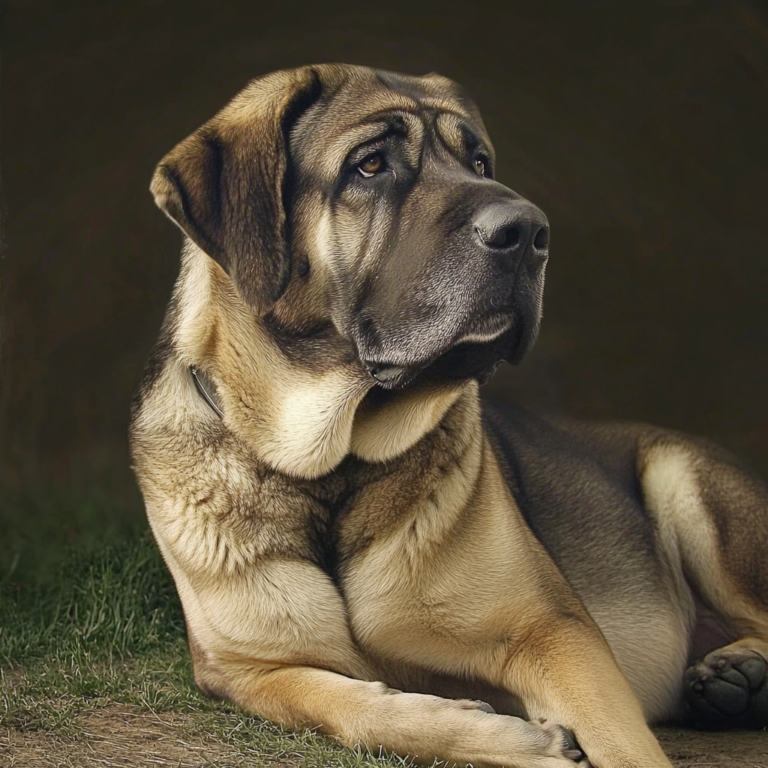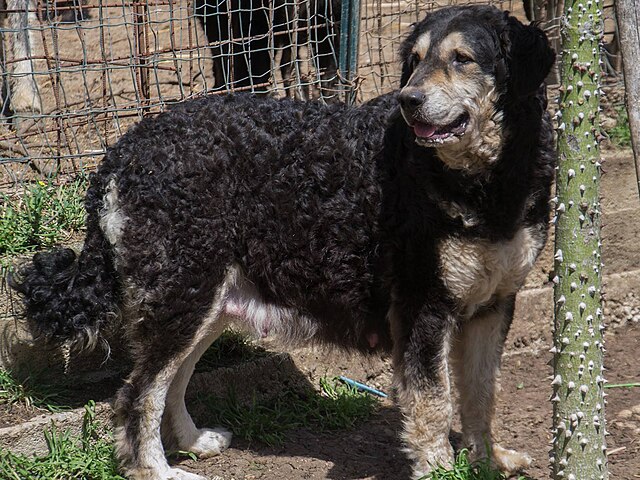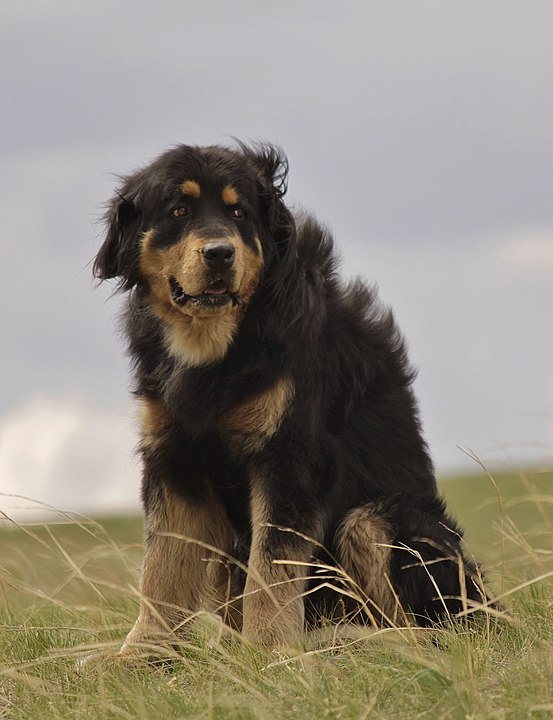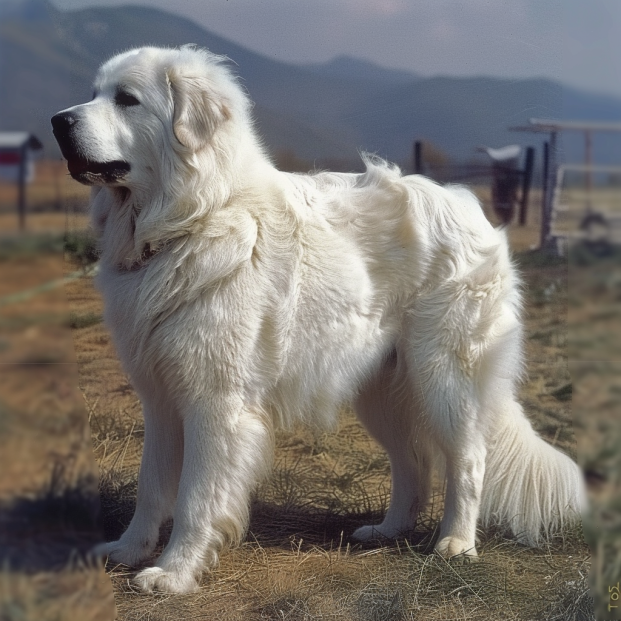The Greek Shepherd is an ancient Livestock Guarding Dog that is closely related to other LGDs from the countries bordering Greece. A bit of history – it is common for the shepherds of Greece to migrate annually with their dogs and flocks in search of better pastures during the changing seasons. This often meant they would cross borders into other countries, and it is speculated that certain breeds such as the Sarplaninac and Akbash Dog may actually be Greek Shepherds (or vice versa). If not the same breed, they are likely closely related. Whether or not these are multiple breeds with separate countries of origin or simply one breed is ultimately irrelevant – as dogs from the different countries do have their own separate standards, clubs, and breeders. The Greek Shepherd is itself recognized by the Kennel Club of Greece.
Greek Shepherds are known for their natural guarding abilities and their tendencies to be territorial of large areas. They take their guarding jobs extremely seriously. Owners should keep them contained in secure fenced yards as it is not unusual for them to try and protect the whole neighborhood – and in doing so, could stir up legal trouble. They are courageous and no-nonsense towards perceived threats, and definitely not for beginners! When raised incorrectly, socialized inadequately, and/or allowed to roam beyond their property they can be aggressive.
The Greek Shepherd was bred to make his mind up for himself, and is additionally a naturally dominant breed. This said, he can be trained successfully, especially if he is started young and is taught by an experienced person. He absolutely needs an owner that can set and maintain household rules, although he is also surprisingly sensitive and he doesn’t take kindly to forceful techniques. He equally will not mesh well with a wishy-washy type of owner and instead needs a firm (yet very fair) hand. Like most working breeds, this dog will thrive when given a job to do – he definitely needs mental stimulation, without which he can become a nuisance barker and prone to destruction.
Greek Shepherds are known to fight other dogs to determine hierarchy when placed in a group, although can live in a multi-dog household if raised together from puppyhood. Early socialization also means better results with kids and other animals including cats. Towards strangers, they are distant and aloof with a watchful and suspicious eye. As with all related breeds, early and constant socialization to people and animals is essential for this breed! When it comes to behavior around the owner, these dogs are very loyal but somewhat distant. Don’t expect massive shows of affection and excitement. In Greece, while some members of the breed are kept strictly as companions the majority of them are working dogs. Thus, a prospective owner must keep in mind that this is not the typical pet with a friendly, easy temperament that one might otherwise expect. They do form tight bonds with those they love however it looks quite different than that of other breeds.
While the Greek Shepherd may look like he lounges around quite a lot, he is always watchful and alert, ready to act if he perceives something is “off”. Many tend to become more active in the evening and at night, when traditionally it was more likely for predators (animal or even human) to trespass. While not active in the sense of many sporting or herding dogs, this breed is used to working and living in a large area. The smaller an area he is kept in, the more exercise he needs and the more active the owner must be. In almost all situations, this breed does best living on acreage.
The Greek Shepherd is a large dog with a heavy, massive build and a bulky head. The hanging ears are thick, medium in size and triangular. The high-set tail is long enough to reach the hock, and forms a curve at the end. Some members of the breed are born with naturally short tails. The coat can either be short haired or long haired – but both varieties are dense and are compromised of a thick double coat. The undercoat is soft while the top coat is longer with either straight or wavy hair. The breed comes in a large variety of colors including black (with or without brown and white, red or brindle markings), fawn (in various shades and with or without black masks and/or white markings), brindle (with or without white markings), solid white, blue and multi-color.
